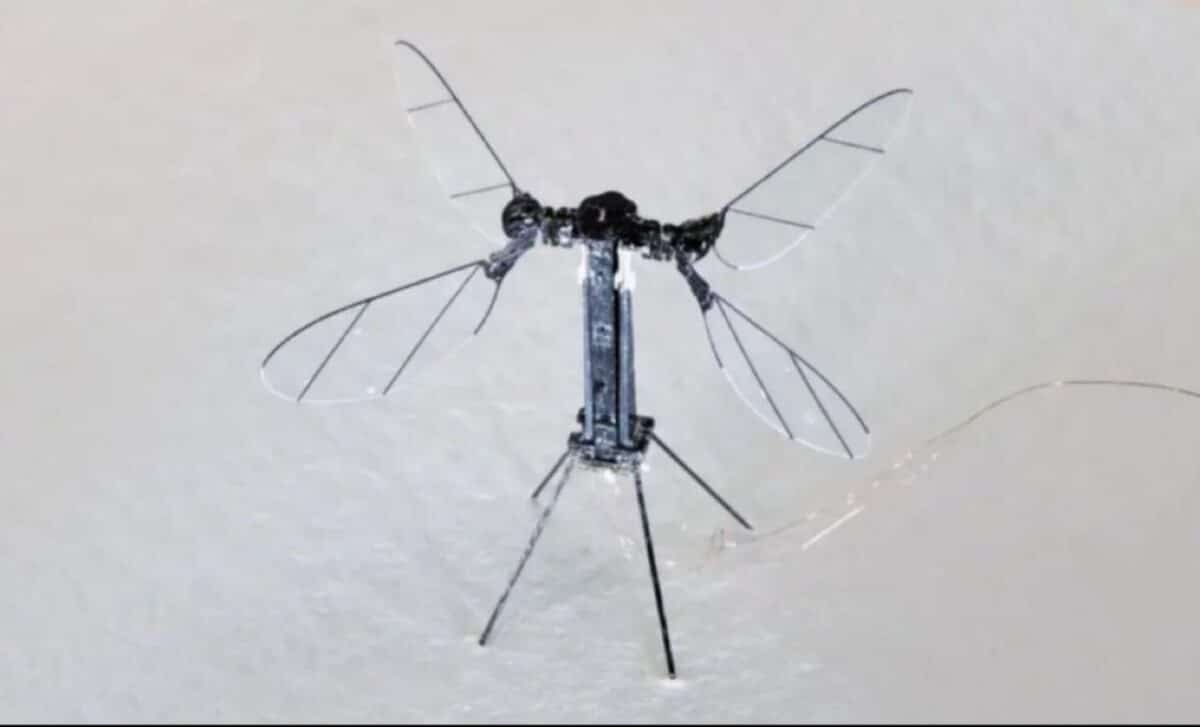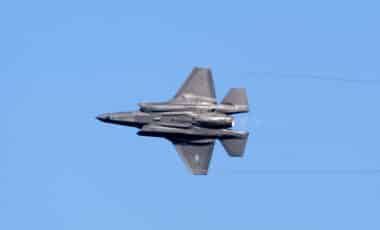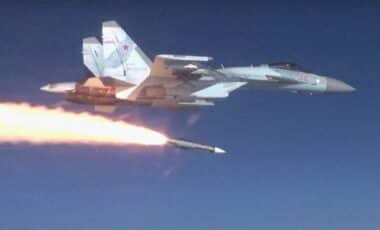A Chinese military university has unveiled a mosquito-sized drone, developed to carry out surveillance missions on the battlefield while remaining undetected. The micro-robot, created by the National University of Defence Technology in Hunan province, marks a significant advancement in drone miniaturization. Weighing less than 0.2 grams and measuring just 2 cm in length, this device opens up new possibilities for military reconnaissance.
The development of this miniature drone highlights China’s growing capabilities in miniaturized robotics, which has the potential to revolutionize surveillance operations. This type of technology also raises important questions regarding the evolving landscape of modern warfare and the role of drones in it. As drones become smaller and more efficient, they offer both military advantages and new challenges in terms of security and privacy.
Terrifyingly Precise: Unknown Space Object Emits Explosive Signals Every 44 Minutes
Miniaturization Pushing Technological Boundaries
The unveiling of this mosquito drone underscores the rapid advances in drone technology. According to Liang Hexiang, a student at the National University of Defence Technology, the drone is specifically designed for “special missions,” such as information reconnaissance in areas where larger drones might struggle. The drone’s miniaturization allows it to be discreet, flying undetected while gathering valuable intelligence in real-time, reports Newsweek.
This development aligns with broader trends in robotics, where sensors, batteries, and other components are being compacted into smaller frames. These advances are unlocking new applications, from low-cost alternatives to missiles to aiding in search and rescue operations. The miniaturization of these devices could change the way military forces approach reconnaissance and operations in complex environments.
Global Micro-robotics Research
While the mosquito drone is a notable achievement, it is part of a wider field of research into micro-robotics that spans multiple countries. For instance, Harvard University’s Microrobotics Laboratory has developed the RoboBee, which uses artificial muscles to beat its wings at 120 times per second, enabling flight. The goal for such robots is to assist with tasks like artificial pollination or rescue operations, areas where their size and agility are significant advantages.
On the military front, drones like Black Hornet, originally developed in Norway, have been in use for several years. This micro-drone can transmit thermal images, operate at distances of up to 2 miles, and remain airborne for over 30 minutes. While both the mosquito drone and Black Hornet are miniature in design, the former is far smaller and may be limited by its battery life and range, making it less effective for broader operational use.
Limitations of Mosquito Drones
Despite the hype surrounding the mosquito-sized drone, experts caution that its impact on military operations may be limited. Bryce Barros, a security fellow at the Truman National Security Project, pointed out that the drone’s tiny size restricts its potential, particularly in terms of battery life and range. Its surveillance capabilities are likely to be minimal due to these factors, especially when compared to slightly larger, more established micro-drones like the Black Hornet.
However, this mini-drone could still serve specialized functions, especially in places where larger drones cannot reach, such as indoor areas or environments with limited access. Timothy Heath, senior researcher at the Rand Corporation, suggests that China may employ these drones for intelligence, surveillance, and reconnaissance tasks in more confined spaces.








